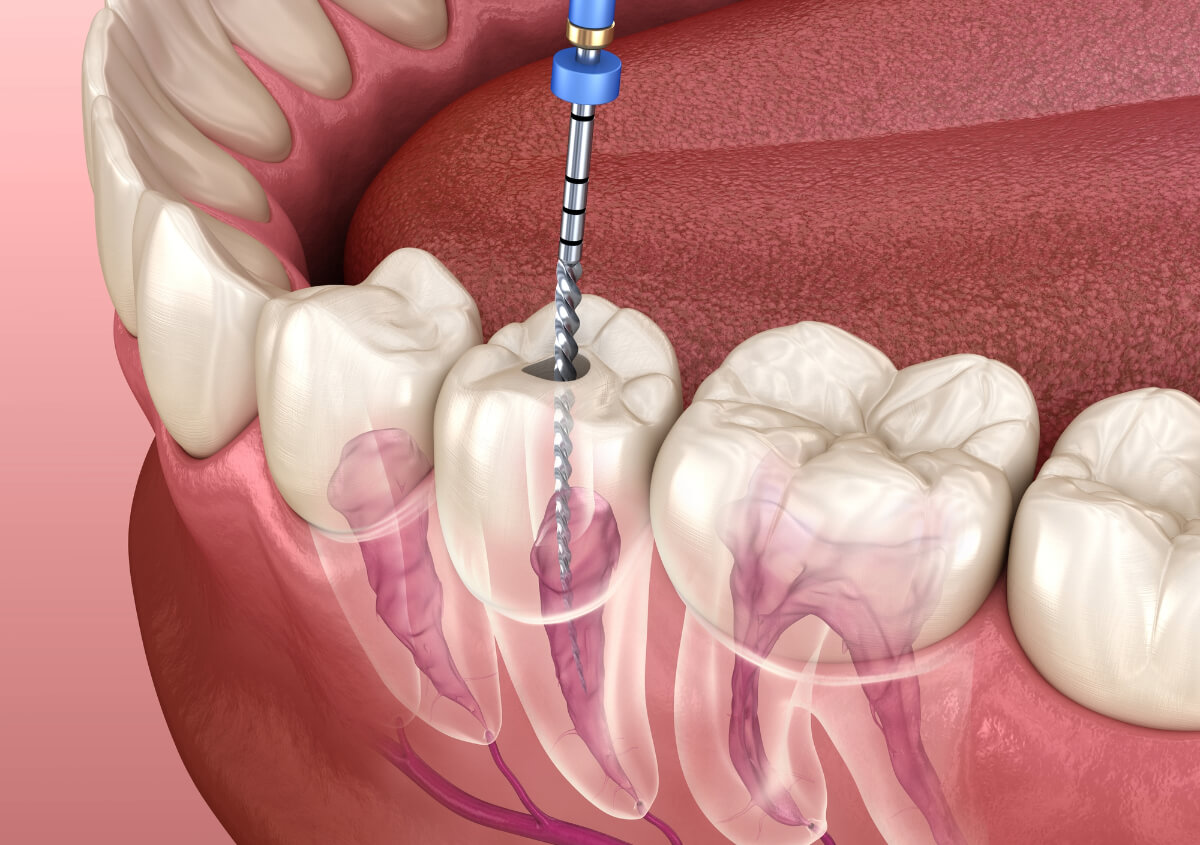
Endodontic therapy, commonly referred to as a root canal treatment, is a dental procedure designed to save infected or damaged teeth. It is one of the most effective ways to preserve natural teeth and prevent the need for extraction. This guide covers everything you need to know about endodontic therapy, including its procedure, benefits, recovery process, and potential risks.
What is Endodontic Therapy?
Endodontic therapy is a specialized dental procedure aimed at treating the soft tissue (pulp) inside the tooth. The procedure removes infected or damaged pulp, disinfects the inner chambers, and seals the tooth to prevent future infections. It is commonly recommended for patients experiencing severe tooth decay, infections, or trauma.
Signs You May Need Endodontic Therapy
Understanding the symptoms that indicate the need for endodontic therapy is crucial. Some common signs include:
- Severe tooth pain, especially when chewing
- Prolonged sensitivity to hot or cold temperatures
- Swollen or tender gums
- Darkening or discoloration of the tooth
- Pus or drainage near the affected tooth
If you experience any of these symptoms, it is essential to consult a dentist promptly.
The Endodontic Therapy Procedure
The process of endodontic therapy typically involves several steps:
1. Diagnosis and Consultation
A dentist or endodontist will conduct a thorough examination, including X-rays, to assess the severity of the infection and determine the best course of action.
2. Anesthesia and Tooth Isolation
Local anesthesia is administered to numb the area. A rubber dam is placed around the tooth to keep it dry and free from saliva during the procedure.
3. Removal of Infected Pulp
An access hole is drilled into the affected tooth. The infected or dead pulp is carefully removed using specialized tools.
4. Cleaning and Disinfection
The inner chambers and root canals are thoroughly cleaned and disinfected to remove bacteria and prevent further infection.
5. Filling and Sealing the Tooth
After cleaning, the root canals are filled with a biocompatible material called gutta-percha. The tooth is then sealed to prevent reinfection.
6. Restoration with a Crown
In many cases, a crown is placed over the treated tooth to restore its strength and function. This final step ensures the longevity of the treated tooth.
Benefits of Endodontic Therapy
Endodontic therapy offers several advantages, including:
- Preserving Natural Teeth: Avoids tooth extraction and maintains the natural alignment of the jaw.
- Pain Relief: Eliminates the pain caused by infection or decay.
- Improved Oral Health: Prevents the spread of infection to surrounding teeth and gums.
- Aesthetic Benefits: Keeps your natural smile intact and prevents gaps in your teeth.
Recovery and Aftercare
After undergoing endodontic therapy, proper aftercare is crucial for successful healing:
- Take prescribed medications or antibiotics as directed.
- Avoid chewing hard foods on the treated tooth until it is fully restored with a crown.
- Maintain excellent oral hygiene by brushing and flossing regularly.
- Attend follow-up appointments to monitor healing and ensure long-term success.
Potential Risks and Complications
Although endodontic therapy is highly successful, complications can arise in some cases. These may include:
- Reinfection due to incomplete cleaning or sealing
- Fracture of the treated tooth
- Persistent pain or sensitivity
Seeking timely dental care and following post-treatment instructions minimize these risks.
Alternative Treatments to Endodontic Therapy
If endodontic therapy is not a viable option, alternative treatments include:
- Tooth Extraction: Removing the affected tooth and replacing it with a dental implant, bridge, or denture.
- Pulp Capping: A less invasive procedure used when the pulp is exposed but not severely infected.
Conclusion
Endodontic therapy is a safe and effective procedure that helps preserve natural teeth while eliminating pain and infection. With proper care and maintenance, a root canal-treated tooth can last a lifetime. If you suspect you need endodontic therapy, consult your dentist for an evaluation and timely treatment.